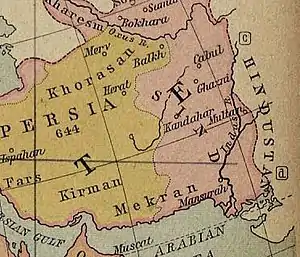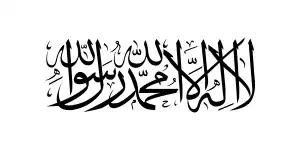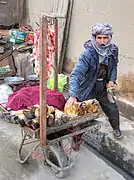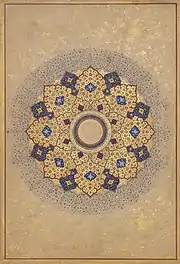The Afghanistan Portal
Afghanistan, officially the Islamic Emirate of Afghanistan, is a landlocked country located at the crossroads of Central Asia and South Asia. Referred to as the Heart of Asia, it is bordered by Pakistan to the east and south, Iran to the west, Turkmenistan to the northwest, Uzbekistan to the north, Tajikistan to the northeast, and China to the northeast and east. Occupying 652,864 square kilometers (252,072 sq mi) of land, the country is predominantly mountainous with plains in the north and the southwest, which are separated by the Hindu Kush mountain range. Kabul is the country's largest city and serves as its capital. According to the World Population review, , Afghanistan's population is 40.2 million. The National Statistics Information Authority of Afghanistan estimated the population to be 32.9 million . Human habitation in Afghanistan dates to the Middle Paleolithic era. Popularly referred to as the graveyard of empires, the land has historically been home to various peoples and has witnessed numerous military campaigns, including those by the Persians, Alexander the Great, the Maurya Empire, Arab Muslims, the Mongols, the British, the Soviet Union, and a US-led coalition. Afghanistan also served as the source from which the Greco-Bactrians and the Mughals, amongst others, rose to form major empires. The various conquests and periods in both the Iranian and Indian cultural spheres made the area a center for Zoroastrianism, Buddhism, Hinduism, and later Islam. The modern state of Afghanistan began with the Durrani Afghan Empire in the 18th century, although Dost Mohammad Khan is sometimes considered to be the founder of the first modern Afghan state. Dost Mohammad died in 1863, days after his last campaign to unite Afghanistan, and Afghanistan was consequently thrown back into civil war. During this time, Afghanistan became a buffer state in the Great Game between the British Empire and the Russian Empire. From India, the British attempted to subjugate Afghanistan but were repelled in the First Anglo-Afghan War. However, the Second Anglo-Afghan War saw a British victory and the successful establishment of British political influence. Following the Third Anglo-Afghan War in 1919, Afghanistan became free of foreign political hegemony, and emerged as the independent Kingdom of Afghanistan in June 1926 under Amanullah Khan. This monarchy lasted almost half a century, until Zahir Shah was overthrown in 1973, following which the Republic of Afghanistan was established. Afghanistan is rich in natural resources, including lithium, iron, zinc, and copper. It is the second largest producer of cannabis resin, and third largest of both saffron and cashmere. The country is a member of the South Asian Association for Regional Cooperation and a founding member of the Organization of Islamic Cooperation. Due to the effects of war in recent decades, the country has dealt with high levels of terrorism, poverty, and child malnutrition. Afghanistan remains among the world's least developed countries, ranking 180th in the Human Development Index. Afghanistan's gross domestic product (GDP) is $81 billion by purchasing power parity and $20.1 billion by nominal values. Per capita, its GDP is amongst the lowest of any country . (Full article...) Selected article -.svg.png.webp) The Northern Alliance (Persian: ائتلاف شمال E'tilāf Šumāl or اتحاد شمال Ettehād Šumāl), officially known as the United Islamic National Front for the Salvation of Afghanistan (Persian: جبهه متحد اسلامی ملی برای نجات افغانستان Jabha Muttahid Islāmī Millī barāyi Najāt Afğānistān), was a military alliance of groups that operated between late 1996 to 2001 after the Islamic Emirate of Afghanistan (Taliban) took over Kabul. The United Front was originally assembled by key leaders of the Islamic State of Afghanistan, particularly president Burhanuddin Rabbani and former Defense Minister Ahmad Shah Massoud. Initially, it included mostly Tajiks but by 2000, leaders of other ethnic groups had joined the Northern Alliance. This included Karim Khalili, Abdul Rashid Dostum, Abdullah Abdullah, Mohammad Mohaqiq, Abdul Qadir, Asif Mohseni, Amrullah Saleh and others. The Northern Alliance fought a defensive war against the Taliban regime. They received support from India, Iran, Russia, Tajikistan, Turkmenistan, the United States and Uzbekistan, while the Taliban were extensively backed by the Pakistan Army and Pakistan's Inter-Services Intelligence. By 2001, the Northern Alliance controlled less than 10% of the country, cornered in the north-east and based in Badakhshan province. The US invaded Afghanistan, providing support to Northern Alliance troops on the ground in a two-month war against the Taliban, which they won in December 2001. With the Taliban forced from control of the country, the Northern Alliance was dissolved as members and parties supported the new Afghan Interim Administration, with some members later becoming part of the Karzai administration. (Full article...)Did you know? -
General images -The following are images from various Afghanistan-related articles on Wikipedia.
Related portalsReligions in Afghanistan Neighboring countries Other countries Selected picture - An aerial view of the Helmand River and the town of Grishk, Afghanistan, 2011
TopicsRecognized content
Featured articlesGood articles
Featured pictures
CategoriesCategory puzzle Select [►] to view subcategories
Afghanistan Afghanistan-related lists Buildings and structures in Afghanistan Afghan culture Economy of Afghanistan Education in Afghanistan Environment of Afghanistan Geography of Afghanistan Government of Afghanistan Health in Afghanistan History of Afghanistan Organisations based in Afghanistan Afghan people Politics of Afghanistan Society of Afghanistan Works about Afghanistan Afghanistan stubs New articlesThis list was generated from these rules. Questions and feedback are always welcome! The search is being run daily with the most recent ~14 days of results. Note: Some articles may not be relevant to this project.
Rules | Match log | Results page (for watching) | Last updated: 2024-01-17 19:32 (UTC) Note: The list display can now be customized by each user. See List display personalization for details.
WikiProjectsWikiProjects puzzle
Associated WikimediaThe following Wikimedia Foundation sister projects provide more on this subject:
External mediaSourcesDiscover Wikipedia using portals
| ||||||
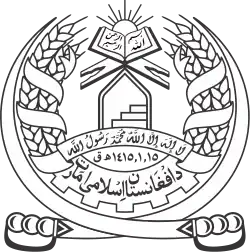



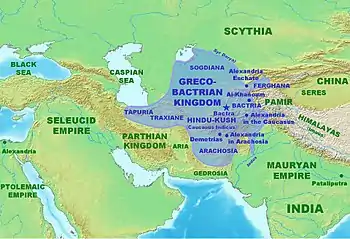

.png.webp)
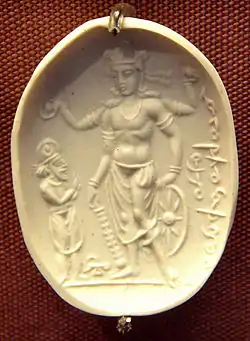


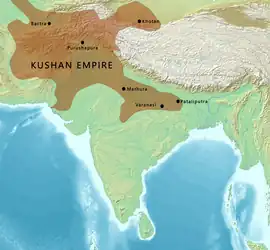
.jpg.webp)

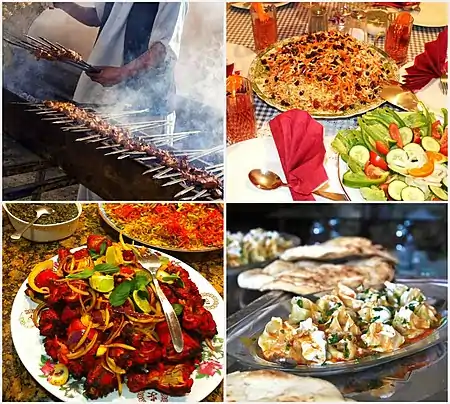
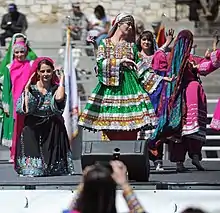

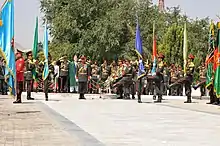

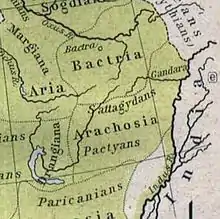
.jpg.webp)

.jpg.webp)
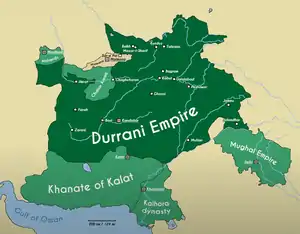

.png.webp)

.PNG.webp)




.jpg.webp)


_Colonel_(COL)_Kevin_McDonnell_(background_center)%252C_Commander%252C_1ST_Battalion%252C_3rd_Special_Forces_Group_(SFG)_and_Afghanistan_National_Army_(ANA)_COL_Nahji_Bulla_(to_COL_McDonnells_right)_were_special_guest_at_a_lunch.jpg.webp)

.png.webp)
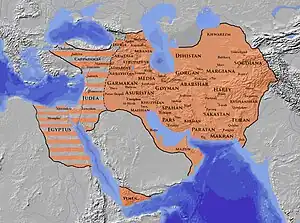


.png.webp)











.PNG.webp)

